Description
William Norris A.M.Inst. C.E., M.I.Mech.E.was born in 1861, and joined Galloways of Manchester aaged 15, as an apprentice in 1871. From 1882 he was employed by them as a draughtsman, leaving to join Bolckow Vaughn in 1883, and was employed as assistant engineer for the building of a steel works in France. Then in drawing office and experimental department of Messrs Tangyes and Co, Birmingham until 1888, when he Joined Robey Co . of Lincoln in drawing office and experimental department.
He joined T. Coulthard & Co., Preston (established 1815 as manufacturers of machinery for the cotton industry), a year after the firm began experimenting with steam wagons in 1896. Norris claimed responsibility for all designs up to 1903. During this period, he took out no less than seven patents, jointly with T. Coulthard or others. Norris was appointed Chief Engineer of the Lancashire Steam Motor Company,(Leyland). Coulthards sold their steam lorry business to Leyland Motors, in a deal which included 7,000 Leyland shares.
Attempts had been made to introduce commercially successful steam powered road vehicles as far back as the 1820s, with Goldsworty Gurney being a notable pioneer in the field. However Turnpike Trusts and other vested interests, combined with the rapid success of steam powered railways sounded a death knell . Legislation, requiring all mechanically propelled road vehicles to be preceded by a man on foot, carrying a red flag, discouraged further developments and for decades, steam road vehicles were confined to agricultural and industrial use. The repeal of the “Red Flag” legislation in 1895 (celebrated nowadays by the annual London to Brighton veteran car rally) resulted in a surge in activity.
In 1898, the Liverpool Self Propelled Traffic Association felt that sufficient progress had been made in the development of self propelled road vehicles (they made no distinction between petrol and steam) and the Liverpool Trials were held to find an improved means of transport between the Port of Liverpool and inland towns, also of haulage between the docks and warehouses in the City. The trials were arranged to cover a minimum distance of 30 miles on four successive days commencing on Tuesday 24th May 1898. The trials were held again in 1899 and in 1901. The conclusions drawn were that self propelled vehicles were more economical for other than purely local delivery work, and that steam propelled vehicles were overall more efficient than internal combustion. Modern Steam Wagons gives full details of all the trials and entrants.
It will be noted that the “Sentinel Steam Waggon” does not feature in the trails or in the book, because the first one was not manufactured until 1906. While Leyland, Foden and other makers gradually changed to making internal combustion vehicles between the Wars, Sentinel persisted with updated models, including the “Super Sentinel” with pneumatic tyres in 1923, and further improvements through the 1930s. The last models were built for export in 1950. Super Sentinels were a daily sight in the late1940s in Liverpool I regularly saw them making deliveries to Hartley’s Jam Factory
They were capable of quite an astonishing turn of speed. After having his name on a waiting list for what seemed eternity, my father took delivery of an MG Saloon in 1949 or 1950, which was his pride and joy. As a former RAFVR pilot, he was keen on speed and one night (there being no speed limit on trunk roads in those days) We were doing a steady 90 mph on the East Lancs. Road (an early dual carriageway). A pair of headlamps came quickly up behind us, then with a shriek like a girl with a mouse in her dressing gown, a huge Sentinel, pulled out and overtook, leaving the MG bobbing in its wake. My father came out with a stream of words, the only ones I understood being bloody” and “HELL”. He was not best pleased…
This is an excellent book by an author who was a talented engineer and draughtsman, who had a ringside seat observing the early history of the steam wagon (or steam “Lurry”) if you come from Lancashire).
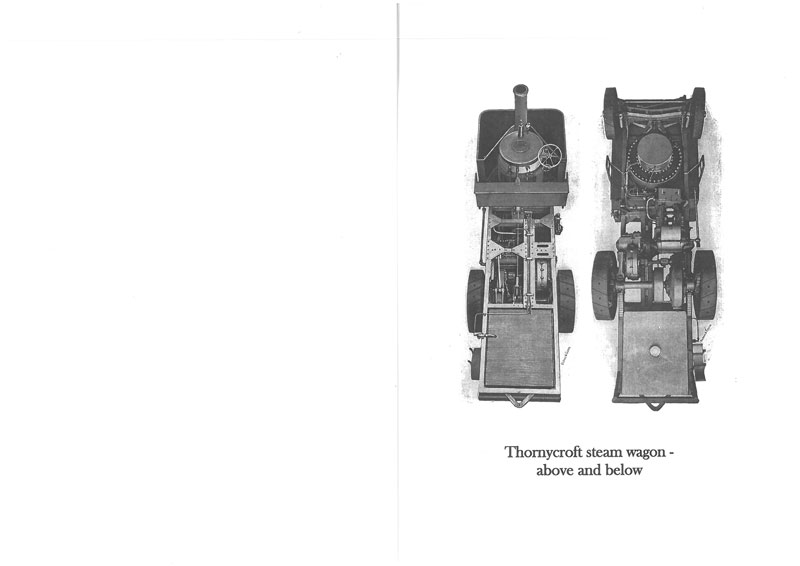
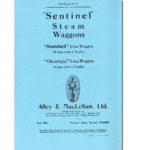
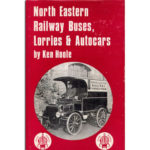
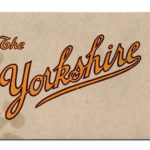
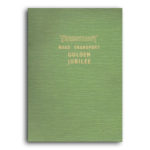


Reviews
There are no reviews yet.